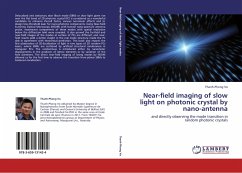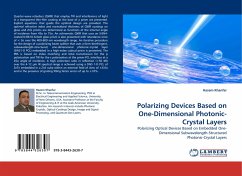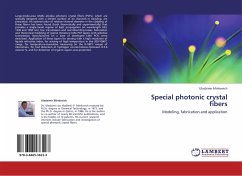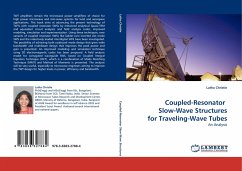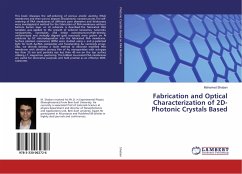Delocalized and stationary slow Bloch mode (SBM) or slow light given rise near the flat band of 2D photonic crystal (PC) is considered as a wonderful candidate to enhance Purcell factor, various non-linear effects and to design low-threshold laser for nano-photonic components. Using Near-field Scanning Optical Microscopy (NSOM) with bowtie nano-aperture antenna probe, evanescent components of these modes with spatial resolution below the diffraction limit were revealed. It also proved the far-field and near-field images of the modes at surface of PCs are different and near-field results yield a better insight in the real mode structure inside the PC slab in agreement with theoretical prediction. This book also reports the first observation of 2D-localization of light in two types of 2D random PCs lasers, where SBMs are scattered by artificial structural randomness in triangular PCs. The randomness is introduced either by nanometer displacements in the positions of lattice elements or by variation of the hole diameters. The direct near-field imaging of lasing modes by NSOM allowed us for the first time to observe the transition from planar SBMs to Anderson localization.
Bitte wählen Sie Ihr Anliegen aus.
Rechnungen
Retourenschein anfordern
Bestellstatus
Storno

